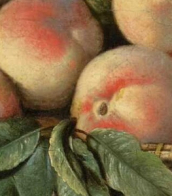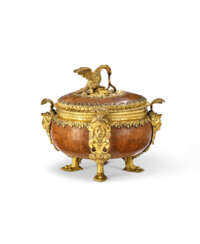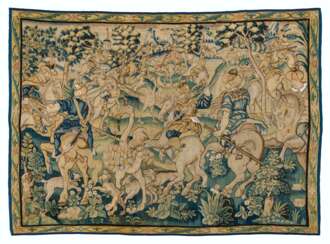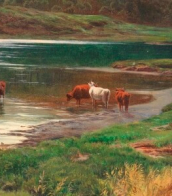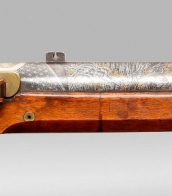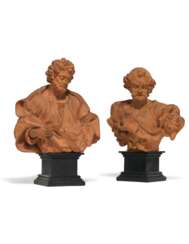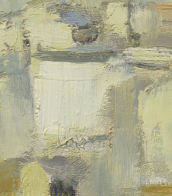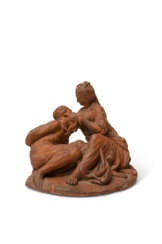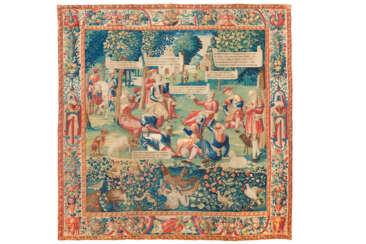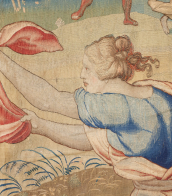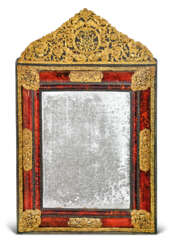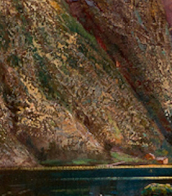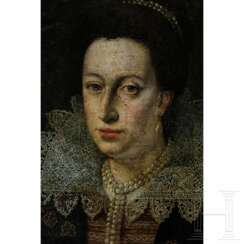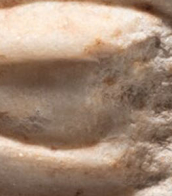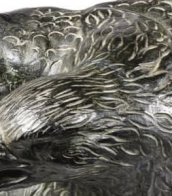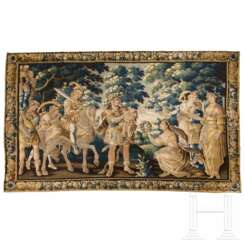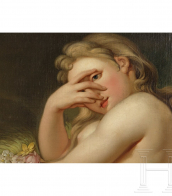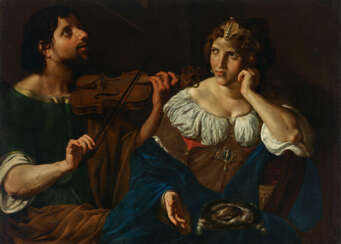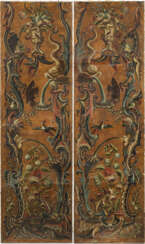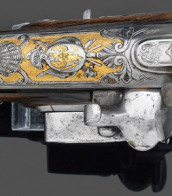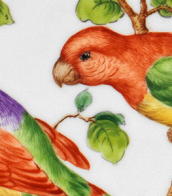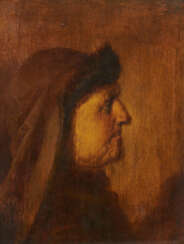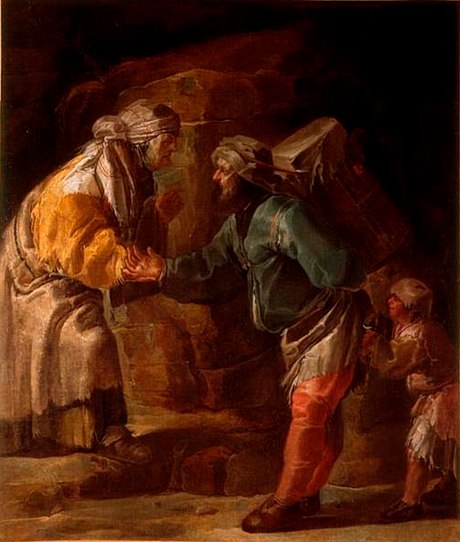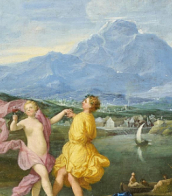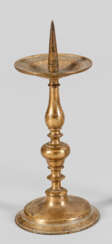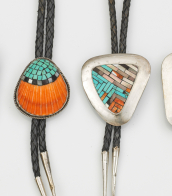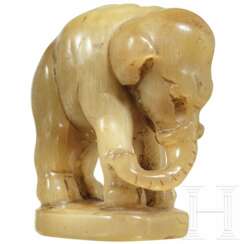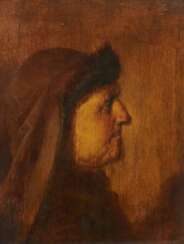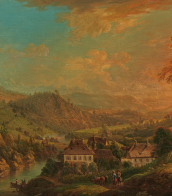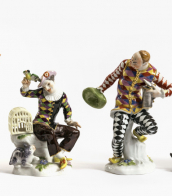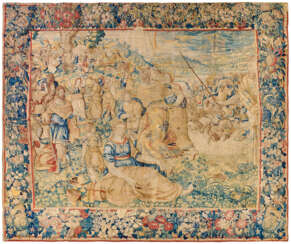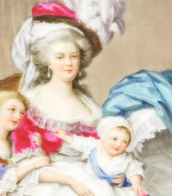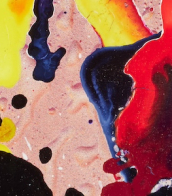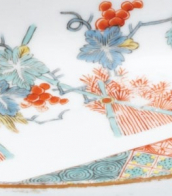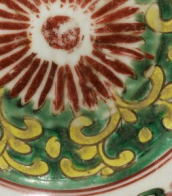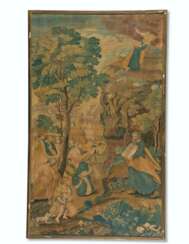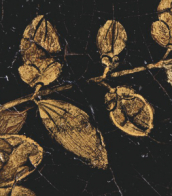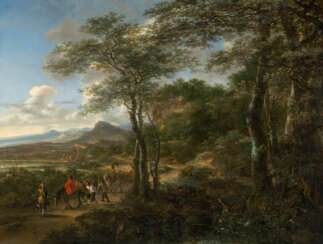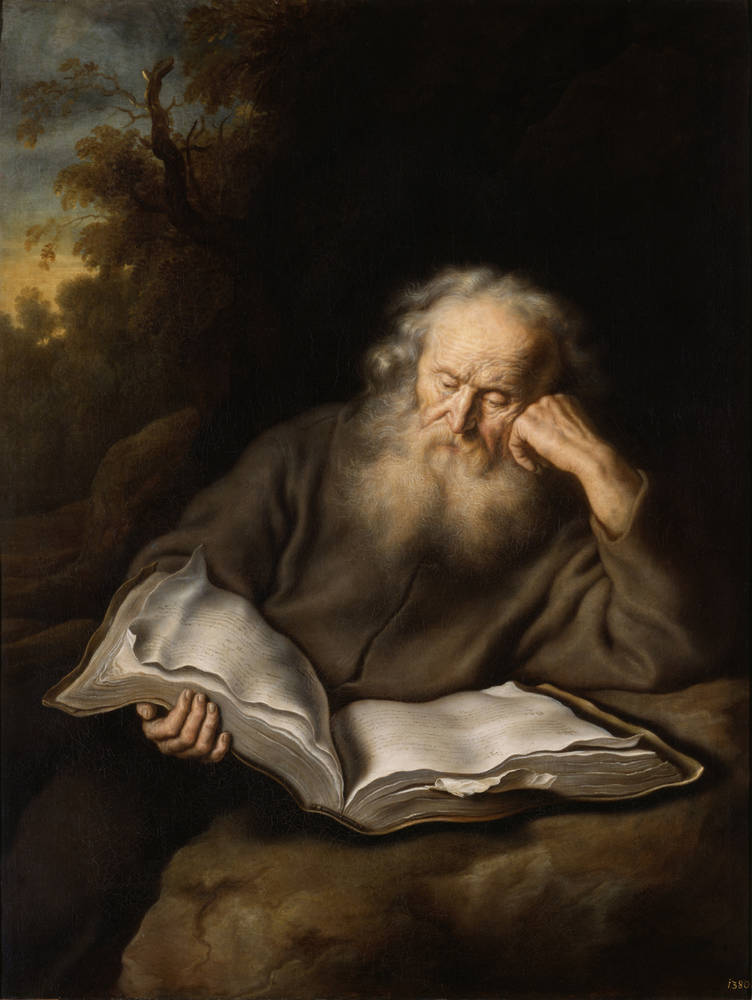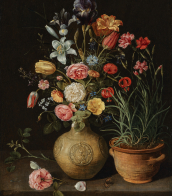flemish baroque
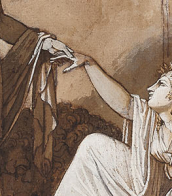
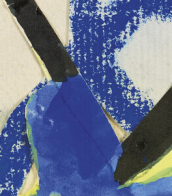
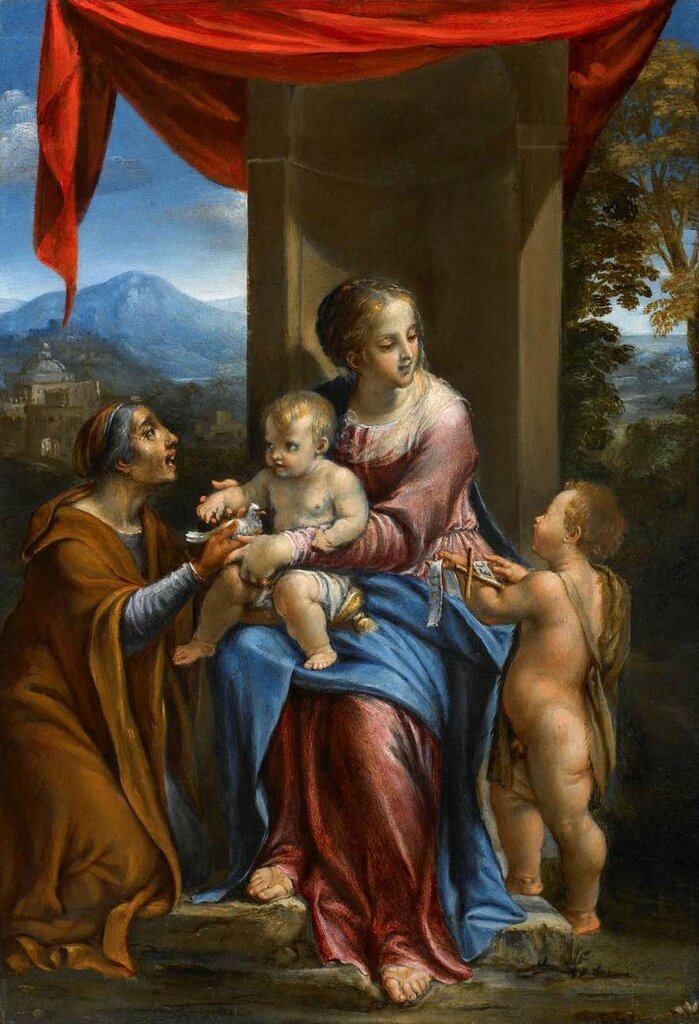
Angelo Caroselli was an Italian painter, born and active during the Baroque period, primarily in Rome. Known for his eclectic style, Caroselli's work was significantly influenced by Caravaggio, evident in the naturalism and chiaroscuro that marked his compositions. His subject matter often included colorful characters from contemporary Rome, scenes of witchcraft, musicians, and genre scenes reflective of the Caravaggisti, a group of artists who followed Caravaggio's stylistic approach. Caroselli's ability to blend allegories, religious works, and portraits with genre scenes showcased his search for originality and a unique narrative voice within the Baroque movement.
Angelo Caroselli's career was marked by his versatility as not only a painter but also an art restorer, copyist, and possibly a forger. This breadth of skills contributed to the diverse body of work he left behind, which ranged from scenes of everyday life to complex allegorical compositions. His works often depicted the lower echelons of society, including musicians, card players, and prostitutes, infused with a potent naturalism that brought these figures to life against the backdrop of 17th-century Rome.
Despite his adherence to Caravaggesque forms and themes, Angelo Caroselli's work also displayed 'archaicising' elements, which some art historians view as a conscious departure from the dominant Baroque style of his time. This aspect of his work, along with his skill in copying the works of ancient masters, highlights a deliberate exploration of and departure from the prevailing artistic norms, contributing to the unique place he occupies in Baroque art history.
Notably, Caroselli's influence extended beyond Italy, affecting the work of other Caravaggisti, including the Lucchese painter Pietro Paolini and the Dutch painter Dirck van Baburen. This cross-cultural impact underscores the broader significance of Caroselli's work within the Baroque period and its enduring influence on subsequent generations of artists.
His legacy includes several known works that are housed in prestigious institutions and collections worldwide, exemplifying the enduring appeal and historical importance of his artistic contributions. Among these, "The Plague at Ashdod (after Poussin)" stands out as a significant piece, reflecting his capability to engage with and reinterpret the works of his contemporaries and predecessors.
For collectors and experts in art and antiques, Caroselli's oeuvre offers a fascinating glimpse into the Baroque period's complexity, characterized by a blend of innovation, tradition, and a deep engagement with the human condition. His work remains a testament to the vibrancy and dynamism of 17th-century Italian art, inviting ongoing exploration and appreciation.
To stay updated on new discoveries, sales, and auction events related to Angelo Caroselli, sign up for our newsletter. This subscription ensures you're the first to know about the latest findings and opportunities to acquire works by or related to Angelo Caroselli, catering specifically to enthusiasts and collectors of historical art and antiques.
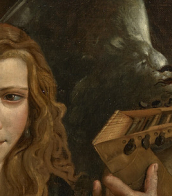
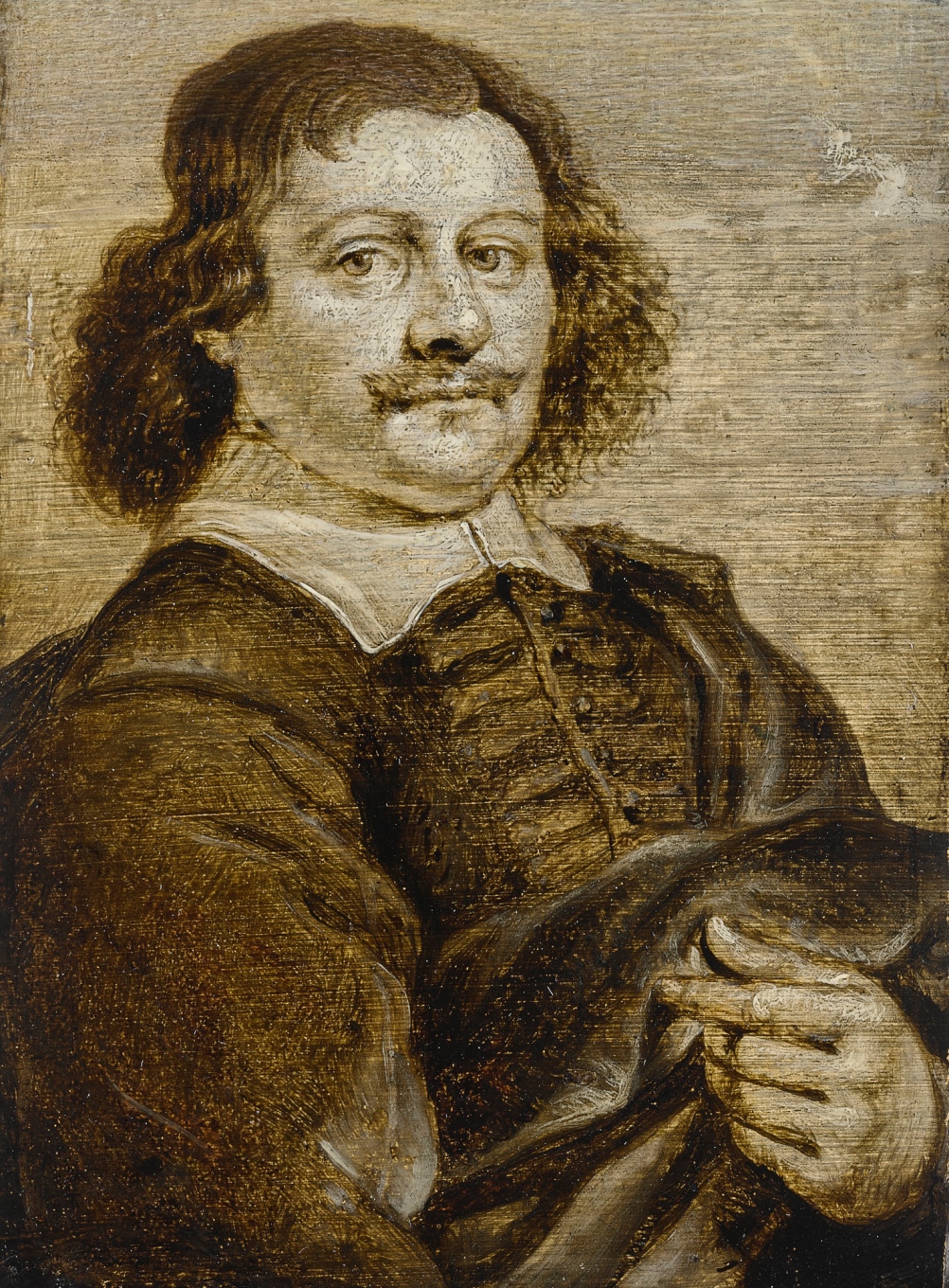
Jan Dirksz Both was a distinguished Dutch painter, draughtsman, and etcher renowned for his pivotal role in the evolution of Dutch Italianate landscape painting. His journey into the arts began in Utrecht, learning from his father before becoming a pupil of Abraham Bloemaert. Both's career took a significant turn when he, alongside his brother Andries, ventured to Rome, absorbing the influence of Claude Lorrain and contributing to projects such as the Buen Retiro Palace in Madrid.
By the mid-1640s, Jan had returned to Utrecht, further honing his craft to produce expansive landscapes illuminated by a Mediterranean glow, notable for their mixture of realism in the foreground against idyllic backgrounds. Noteworthy pieces include "Landscape with Bandits Leading Prisoners" and "Judgement of Paris," showcasing his mastery in blending naturalistic details with mythological and religious figures. His landscapes, characterized by their golden light and imaginative vistas, earned him a place among the leading masters of the Italianate trend in Dutch landscape painting.
Jan Both's legacy is preserved in prestigious collections worldwide, including the Fitzwilliam Museum, the Hermitage, the Kunsthistorisches Museum, the Louvre, and the National Gallery, among others. His work reflects a significant Italian influence merged with his native Dutch sensibilities, marking him as a key figure in the 17th-century art scene.
For collectors and experts in art and antiques, Jan Dirksz Both's oeuvre offers a fascinating glimpse into the blend of Dutch and Italian influences that characterize the Italianate landscape painting tradition. His contributions not only enriched Dutch art but also provided a bridge between the Renaissance and Baroque periods, capturing the beauty of landscapes with a unique, poetic light.
To explore more about Jan Dirksz Both's contributions to art and to stay informed about exhibitions or sales featuring his work, signing up for updates from art institutions can offer exclusive insights into the world of this influential Dutch painter. This subscription ensures enthusiasts and collectors are well-informed about developments related to Both's oeuvre, enhancing their appreciation and understanding of his artistic legacy.
